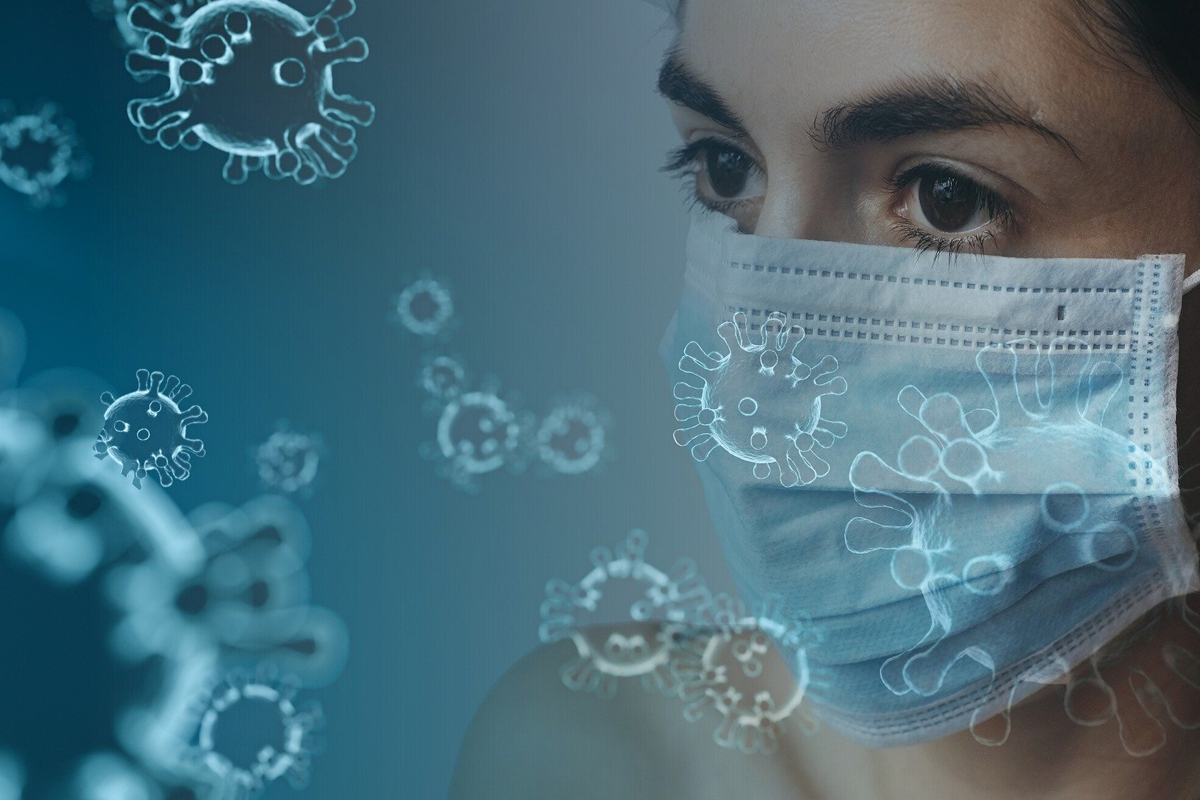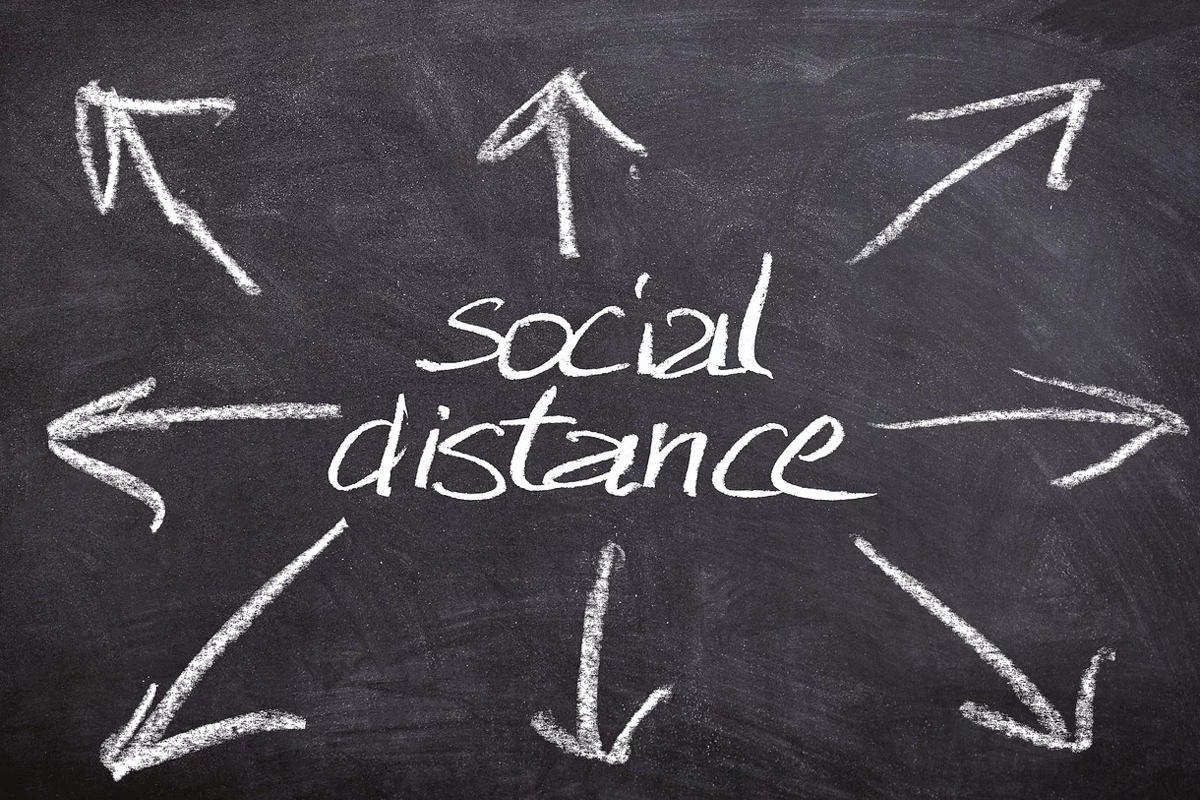WHAT WE DO
IEM is a national leader in public health policy, planning, modeling, and response. We identify and create innovative solutions and tools to increase response to the medical consequences of disasters, biological attacks and pandemics.
For over 39 years, IEM has been at the forefront of supporting the nation’s most significant public health, emergency management, homeland security, and disaster preparedness, mitigation, and recovery efforts. Our multi-disciplinary team of scientists, medical researchers, epidemiologists, medical preparedness and response planners, disease progression modelers, contact tracers, and public health policy analysts are committed to helping federal, state local, tribal and territorial governments, public health agencies, and healthcare organizations overcome the most pressing challenges. Our public health and medical experts are experienced clinicians in the areas of public health policy, emergency care, critical care, medical-surgical, hospital administration, and emergency medical services.
 For over 20 years, IEM has supported the Department of Health and Human Services (HHS) and their planning and modeling for pandemics and medical countermeasures requirements, including modeling the medical consequences of an anthrax attack and the effectiveness of Postal Service delivery of medical countermeasures (MCMs). IEM’s modeling following the 2001 anthrax attacks and other disease outbreaks led to two Presidential policies – one from President George W. Bush (2007) and another from President Barack Obama (2009).
For over 20 years, IEM has supported the Department of Health and Human Services (HHS) and their planning and modeling for pandemics and medical countermeasures requirements, including modeling the medical consequences of an anthrax attack and the effectiveness of Postal Service delivery of medical countermeasures (MCMs). IEM’s modeling following the 2001 anthrax attacks and other disease outbreaks led to two Presidential policies – one from President George W. Bush (2007) and another from President Barack Obama (2009).
IEM has been involved in the fight against COVID-19 since day one, staffing EOCs across the country, assisting governments with planning and recovery efforts, and providing modeling data to every state, territory, and significantly impacted county.
Leveraging our decades of support to HHS for medical consequence modeling and our proprietary artificial intelligence (AI) models, IEM developed coronavirus modeling and a COVID-19 Projection Dashboard. Our coronavirus model outputs are executed daily to assist localities and their medical facilities better prepare for an increase in hospitalizations, plan for and locate drive-through testing facilities, and to determine where increased levels of transmission may be occurring. The outputs are generated by running over eleven million simulations to best fit the states’ data and project new cases over the next seven days that are typically within 10%, and are often within 5%, of actual confirmed cases.
IEM’s COVID-19 AI Modeling received the Washington Technology 2020 Industry Innovator Award. And our lead modeler was recognized by Time Magazine for his impact on international efforts.
Sample IEM Public Health Projects
- Covid-19 Testing Program Management
- Covid-19 Logistics Services
- Vaccine Distribution Program Management
- Vaccine Distribution Logistics Services
- Contact Tracing
- Medical Program Management Services
- Modeling and Simulation
- COVID-19 AI-based Modeling
- Medical Consequence Modeling (MCM)
- Epidemiological modeling
- Disaster Recovery Program and Grant Management
- Health & Medical Preparedness
- Policy Analysis
Related Content

Community COVID-19 Recovery Grants
The COVID-19 pandemic has significantly impacted the economies of states and localities across the country and the Department of Housing and Urban Development (HUD) is urging officials to use Community Development Block Grant (CDBG) funding to support their response efforts.

Caring for mental health during the COVID-19 crisis
The threat of an invisible enemy such as the Coronavirus can generate feelings of uncertainty and isolation that manifest into anxiety and depression. Throughout this crisis it is important that individuals focus on their mental health as well as their physical health.

Coronavirus: Help Flatten the Curve with Social Distancing
Social distancing is essential to prevent community transmission of coronavirus. Unlike self-quarantine or isolation, social distancing places no locational constraints and instead focuses on behavioral practices to decrease the risk of exposure.





